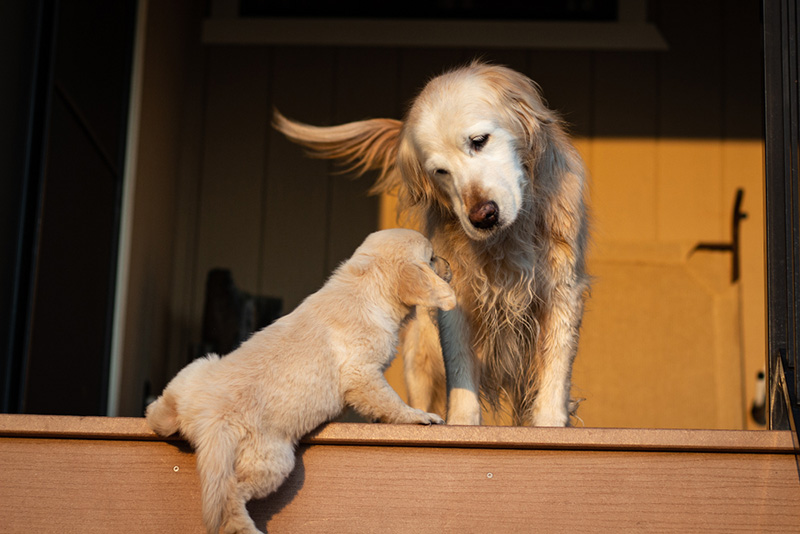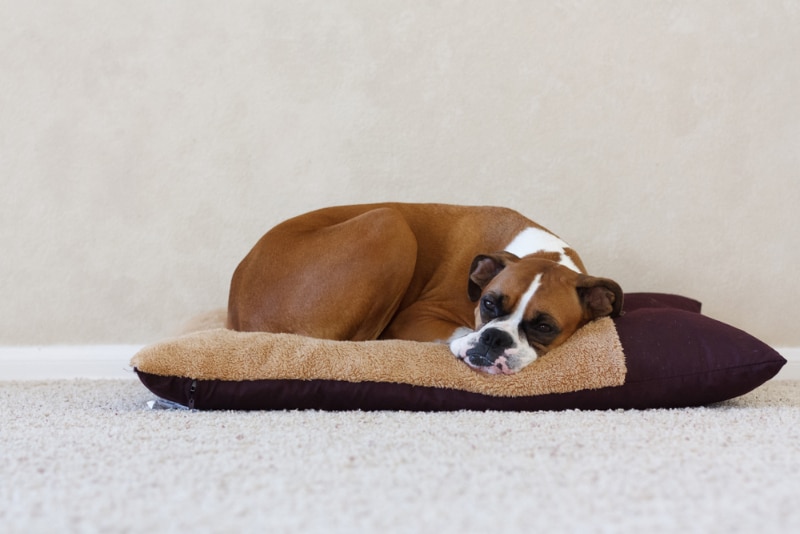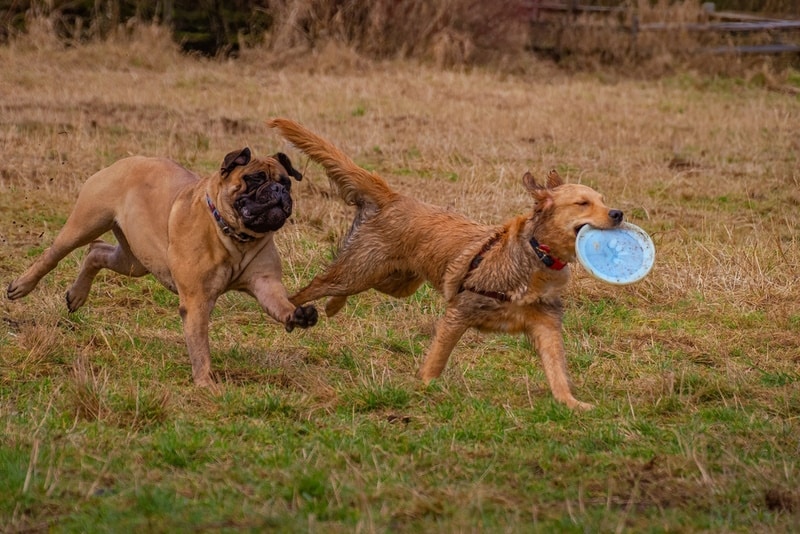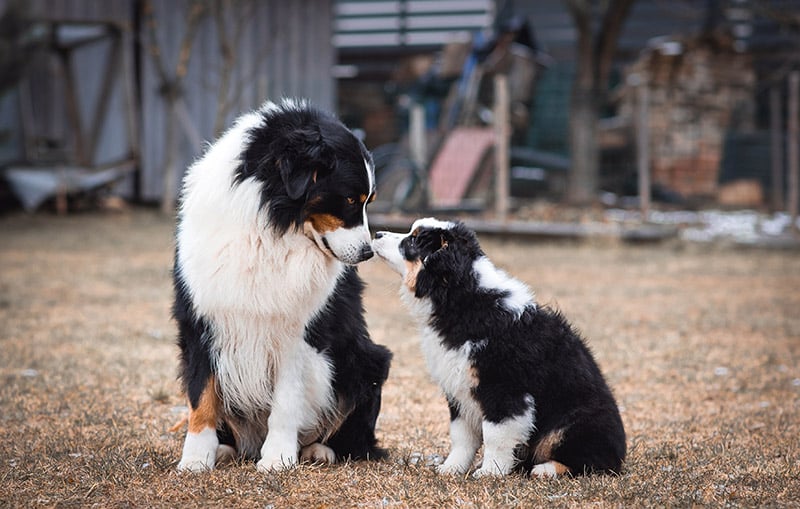Puppies are adorable and can bring so much joy to a household. However, introducing a puppy to your older dog can sometimes be challenging. Each dog has its own unique personality, and clashes are bound to happen. But don’t worry! We’ve got you covered. In this article, we will share 7 vet-approved tips for successfully introducing a new puppy to an older dog.
1. Learn Dog Body Language
Before introducing your new puppy to your older dog, take the time to learn about dog body language. Understanding how dogs communicate through their body language will help you read their interactions better. Pay attention to signs like growling and raised hackles, but also look for friendly behaviors like wagging tails and neutral ears. The goal is to ensure that both dogs feel comfortable and safe during their initial meetings.

2. Establish a Neutral Meeting Ground
Choose a neutral location for the first meeting between your puppy and older dog. This can be a public area outside your home or a room that your older dog doesn’t frequent. Both dogs should be leashed during this initial meeting, and it’s recommended to have two handlers present to keep them under control. If the dogs behave nicely, praise them and continue the introduction. However, if you notice any signs of fear or aggression, end the meeting immediately to prevent negative associations.
3. Give Both Dogs Their Own Private Space
Create separate spaces for your puppy and older dog. Your puppy should have a secluded area, such as a covered corner with a pet bed or kennel, where they can feel safe. Keep their areas separate and inaccessible to each other during the first few days. This separation allows them to get used to each other’s scent and presence gradually. You can later introduce them by having them sniff each other through a door, but make sure to keep their interactions controlled with leashes.

4. Devise a Feeding Plan
Mealtime can be a potential point of tension between your older dog and the new puppy. Set up separate feeding areas for them during the first few days. Feed your older dog first and stick to their regular routine as closely as possible. This helps prevent any food-related conflicts and ensures that both dogs feel secure during mealtime.
5. Supervised Off-Leash Playdates
Once you’ve had multiple leashed introductions without any signs of aggression, it’s time to allow the dogs to interact off-leash. Stay nearby to closely supervise their playdates and intervene if necessary. If your older dog shows signs of annoyance or becomes overwhelmed, consider using a crate to keep your puppy safely contained while you’re not around.

6. Slowly Increase Time Spent Together
As your dogs grow more comfortable with each other, gradually increase the amount of time they spend together without supervision. Start with short periods of unleashed time and observe their interactions closely. Your older dog may need breaks to avoid feeling overwhelmed. Remember, patience is key, and it’s always better to take things slow to ensure a positive and peaceful coexistence.
7. Be Patient
Introducing a new puppy to your older dog can be a process that requires time, patience, and understanding. Don’t get discouraged if setbacks occur or if your older dog becomes territorial. Take a step back, slow down, and provide positive reinforcement during their interactions. With consistent effort and rewards, your dogs will eventually build a strong bond or, at the very least, learn to coexist peacefully.
Remember, introducing a puppy to an older dog is not always easy, but by following these vet-approved tips and being patient, you can create a harmonious environment for both dogs and humans in your household.
Click here to read the original article
Featured Image Credit: Sarune Kairyte, Shutterstock
